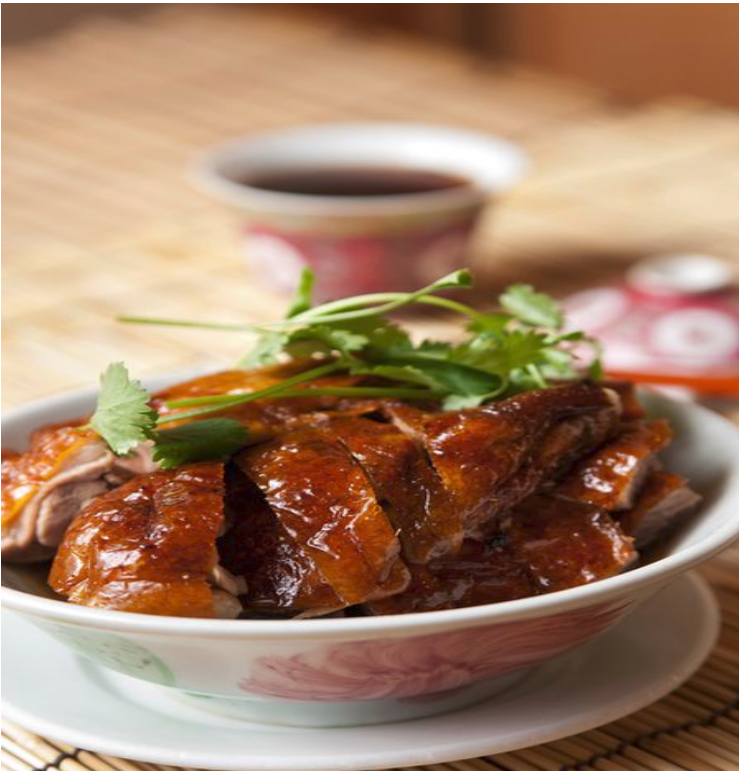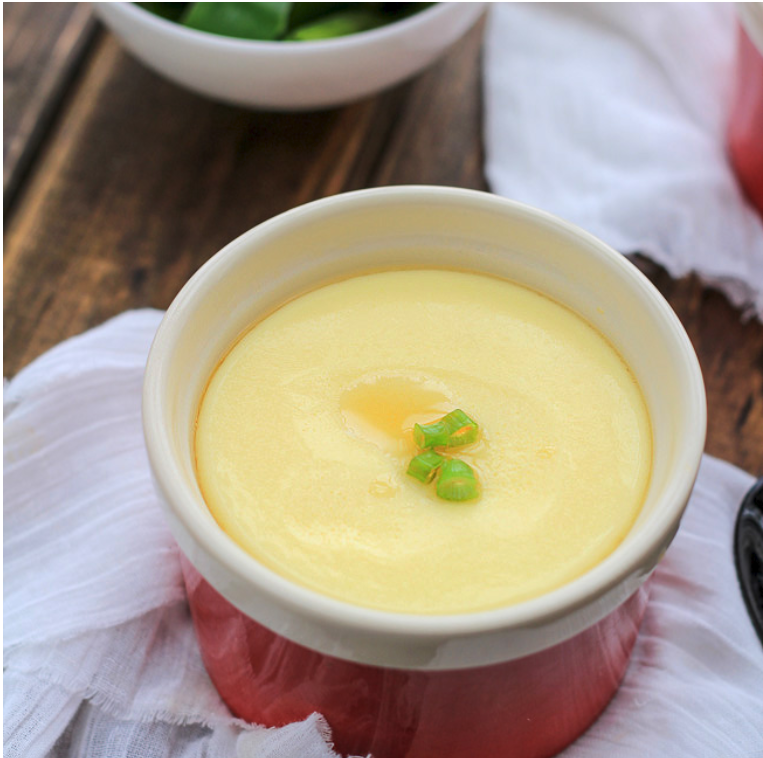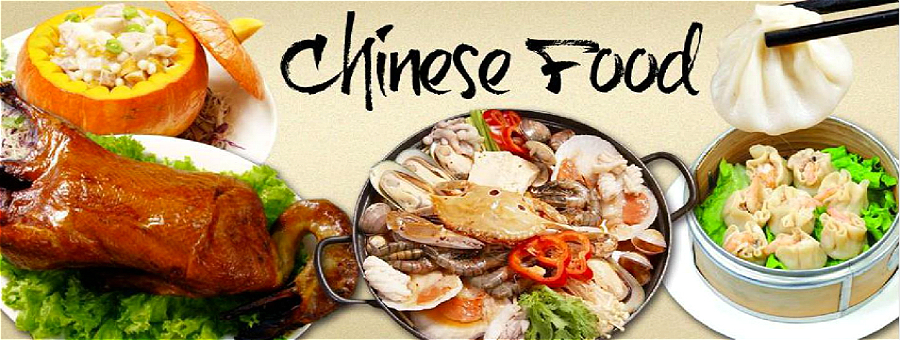Popular Chinese Cuisines
Chinese food has proven to be one of the most adaptable and widespread cuisines on earth. As Chinese people immigrated and travelled abroad they often opened restaurants. Over time, these restaurants had a tendency to tailor the cooking techniques and flavors of home to suit the new cultures and society that they served.
Americans for example are very fond of ‘egg rolls’ which are not found in China. Australians on the other hand serve ‘chiko rolls’ which also bear little resemblance to the spring rolls which inspired them. These localized interpretations of Chinese cuisine hardly do justice to the many different regional flavors of the foods which inspired them.
There are actually 8 very different types of Chinese foods, and they are as different from each other as Cajun cooking is from Californian nouvelle cuisine.
Americans are probably most familiar with Cantonese and Hunan style dishes—in very Americanized forms.
Let’s look at these different Great Cuisines. First up: Canton.
- Guangdong/Cantonese Cuisine
Chinese: 粤菜 Yuècài
Cantonese food tends to be sweeter, and the braising and stewing, accentuated by mild and often subtle sauces.
Cantonese food is the most popular style internationally.
Guangdong Province and Hong Kong are noted for fine seafood dishes and rice dishes.
They eat a very wide variety of foods. The dishes they serve don’t have strong flavors since it is lightly seasoned, and they often tend to be a little sweet.
The wide variety of things that are found in Cantonese dishes led directly to the saying “They eat everything with four legs except tables and everything that flies except airplanes”.
Dishes might feature snakes, cats, dogs and all kinds of seafood that are simply not familiar to most foreigners.

Source: https://www.thespruceeats.com
Keep that in mind when you are ordering something off the menu with strange Cantonese names so be sure to ask first, or you might be very surprised (and dismayed) by what shows up at the table.
In Cantonese cooking, the goal is to preserve the food’s original flavor. This makes it very different from other Chinese regional cuisines—notably Sichuan which features food prepared with a lot of strongly flavored spices and savory oils, In Cantonese food the aim is to highlight the simple flavor of the food itself. Very little spice or sugar is used generally.
This produces food dishes that are mostly for developed palates. The flavors can be so subtle that they can seem bland to foreigners used to foreign adapted version of Chinese food. It takes some time to appreciate the mild and distinct flavors of the meat, vegetables and fruit.
Also, very unlike overseas versions and some regional styles, Cantonese tends to be much lower calorie. Much of that is because of the sparseness of oil or grease in food prep. Cantonese chefs also do not use dairy products.
This makes it much healthier than the concocted “crab rangoon” fried cheese wontons or oil laden sweet and sour pork fried rice meal deal at a Chinese fast food restaurant. There are not a lot of calories in the dishes. It makes for fine well balanced meals.
Other notes on Cantonese Cuisine
Spices used: Chives, coriander leaves, anise, touches of black pepper, and slivers of ginger are the most common.
Rice vinegar and a pinch of salt is often used to enhance vegetables. The extra flavor that really gives Cantonese food its distinction is a pinch of sugar and a tiny bit of sesame oil.
But again, restraint is the key principle when it comes to spicing. For example, fresh seafood is treated very delicately. The Cantonese steam it and will only add just a little soy sauce, ginger or perhaps bits of chives.
The sauces tend to be a little heartier in flavor in Guangdong cuisine. Stout sauces like hoisin, oyster, plum, sweet and sour, and of course soy sauce are offered at the table or upon request.
Common Cantonese Dishes
Steamed Eggs are made by beating eggs to a creamy consistency and then steaming.

Source: https://www.chinasichuanfood.com
Variations might include other mild ingredients like spring onion and soy sauce.
https://www.chinasichuanfood.com
Although deep fried dishes are not the main stream of Guangdong dishes, there are quite a number of them which are popular around the region.
A youtiao (油条 /yoh-tyaow/ ‘oil strip’) is a long, golden-brown deep-fried strip of dough. Youtiaos are usually eaten for breakfast with soy milk.
Zhaliang (/jaa-lyaang/ ‘fried two’) is made by tightly wrapping a rice sheet around a youtiao (deep-fried dough stick). Zhaliang is widely eaten in Guangdong and Hong Kong. It is usually eaten with soy milk.
Noodle Dishes
Shahe noodles (shahefen /shaa-her-fnn/) are a kind of rice noodles which probably originated from the town of Shahe that is now a part of Guangzhou. They are broad and white in color. Their texture is elastic and a little chewy. They do not freeze or dry well and are thus generally (where available) purchased fresh in strips or sheets that may be cut to the desired width. Shahefen is popular in Guangdong, Guangxi and Hainan in southern China.

Source: https://www.cookingchanneltv.com
Meat Dishes
White cut chicken is made by boiling salt-marinated chicken in water or chicken broth. When it is done, the chicken looks golden in color and tastes fresh and light, preserving the best of the original taste of chicken.
That about sums up Cantonese cuisine. To sum it up, Mild. Very mild, with sparing use of subtle spices. Lots of steamed food of a shocking variety that is prepared in such a way that other flavors do not overpower its natural flavors.
In our next article we will be considering the Chinese cuisine that many people would consider to be the polar opposite of Cantonese:
Sichuan Cuisine
Chinese: 川菜 Chuāncài
Sichuan cuisine, is also known or spelled as Szechwan cuisine, or Szechuan cuisine (/ˈsɛʃwɒn/ or /ˈsɛtʃwɒn/) and it is a style of Chinese cuisine originating from Sichuan Province.
If you like this blog post please check out “5 Great Wall Hikes For Every Beijing Tourist”
and “Phrases Which Will Impress Your Chinese Friend”
Stephen Dare
Latest posts by Stephen Dare (see all)
- Popular Chinese Cuisines - October 26, 2018


